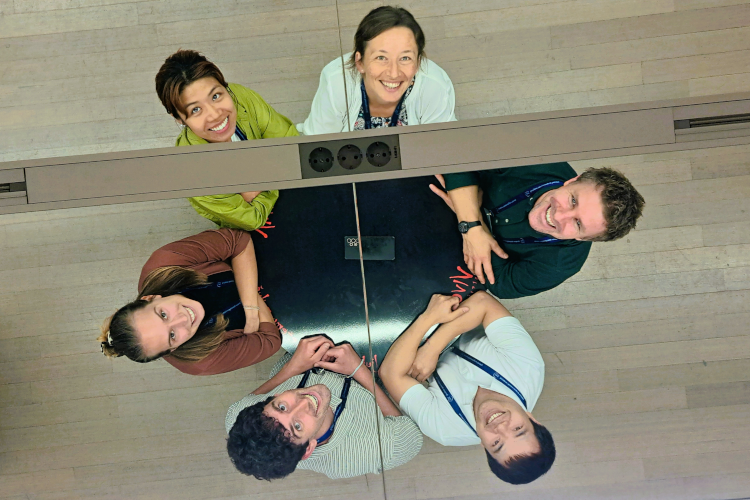Highlights from the European Meteorological Society Annual Meeting 2025 in Ljubljana

"100 years of physics have been erased by 10 years of informatics." One of many eye-opening statements following the talk of ECMWF scientist Mariana Clare on data-driven weather models which have triggered a new era in meteorology and climate science. AIFS, the AI-driven sister of the European model IFS is more than compatible with its numerical sibling, and not only that: It is faster, open-source, and can be run on a laptop. And not only atmospheric physics models are challenged by the AI revolution. Frederik Kratzert from Google Research presented a data-driven rainfall-runoff model that enables flood warnings everywhere in the world. AI helps to downscale re-analyses, to foster efficient afforestation strategies and to inform the energy sector.
However, current AI models are trained and initialized from physics-based models and there is still manifold potential and need for improvement of these classical numerical weather prediction models. IMKTRO has been represented in four talks and two posters. Duc Nguyen (https://doi.org/10.5194/ems2025-418) presented a validation of the operationalregional analysis data using high-resolution wind observations from Doppler wind lidars from the Swabian MOSES 2023 campaign (https://www.atmohub.kit.edu/english/590.php). Julia Thomas (https://doi.org/10.5194/ems2025-566) showed how these observations can be used to build a campaign re-analysis that can serve as a “best guess” for model verification and development. Annika Oertel presented a method to disentangle the influence of individual observations from this campaign re-analysis (Borne et al. 2025, https://doi.org/10.5194/ems2025-403 ) and their recently published modelling study on the influence of sea surface temperature characteristics on atmospheric blocking (Christ et al. 2025, https://doi.org/10.5194/wcd-6-17-2025 ). Siyu Li (https://doi.org/10.5194/ems2025-483) showed how relaxation experiments can help to improve numerical and machine learning models on the subseasonal time scale.
With this wide range of contributions, IMKTRO was represented in many different sessions at the European Meteorological Society Annual Meeting in Ljubljana. Apart from the exciting session program, the lovely capital of Slovenia offered many ways to enjoy the evenings while strolling along the river, exploring the local and international cuisine and getting in touch with colleagues from all over the world – some who have spent former stages of their career at KIT. We look back to an intensive but inspiring week and we look forward to the next EMS Annual Meeting that will take place in Utrecht, Netherlands in September 2026.
J. Thomas and A. Oertel
